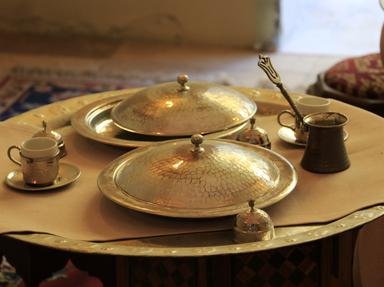
Every Dish Tells a Story Trivia Quiz
Have you ever wondered about the origins of some European dishes named for more or less famous people? Hopefully this quiz will satisfy your curiosity - once you have located each dish on the map.
A label quiz
by LadyNym.
Estimated time: 3 mins.
